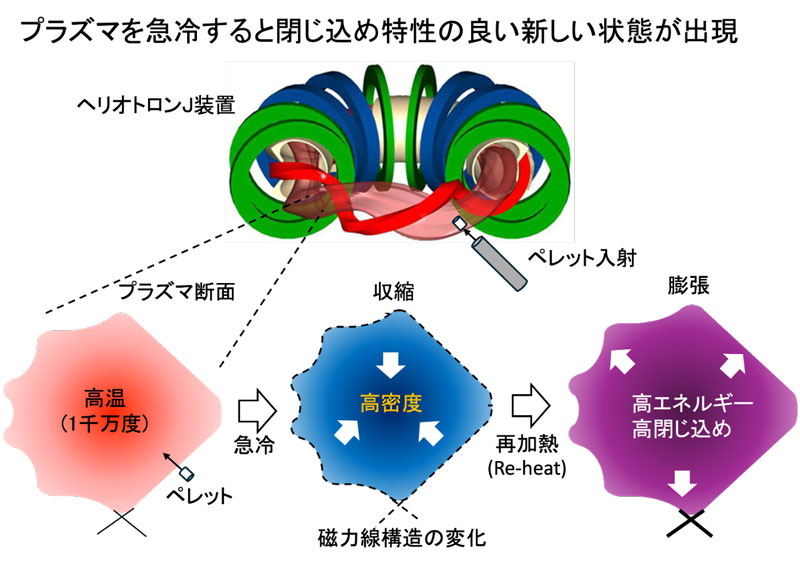2025-06-04 北陸先端科学技術大学院大学,科学技術振興機構

図. 界面分割現象における「対称性の破れ」: A. 空間軸の一つとしてセル幅を大きくしていくと、分割現象の特徴が現れる概念図。界面がゆらぎ、対称性が破れ、そして水中に分散していたポリマーが析出する核を非同期に形成する。B. 同一条件で得られる異なる分割(二分割、もしくは三分割)と、セル幅に対する核形成位置のデータ。C. 対称性の破れを加味した分岐モデル。核1と核2とは、タイミングがずれて発生する(時間的に同期していない)。
<関連情報>
- https://www.jaist.ac.jp/whatsnew/press/2025/06/04-1.html
- https://advanced.onlinelibrary.wiley.com/doi/10.1002/advs.202503807
メニスカス分裂における対称性の破れ: 境界条件と高分子膜の成長の影響 Symmetry Breaking in Meniscus Splitting: Effects of Boundary Conditions and Polymeric Membrane Growth
Thi Kim Loc Nguyen, Taisuke Hatta, Koji Ogura, Yoshiya Tonomura, Kosuke Okeyoshi
Advanced Science Published: 03 June 2025
DOI:https://doi.org/10.1002/advs.202503807
Abstract
An evaporative interface creates a non-equilibrium state for both dissolved molecules and geometrically asymmetric macrostructures such as those involved in crystal growth. The phenomenon of meniscus splitting has been discovered and hydrodynamically demonstrated using a Hele–Shaw cell by drying a viscous polymer solution/dispersion. The generation of multiple nuclei has been reported; however, the relative nuclei positions and dominant factors remain unclear. This study investigates meniscus splitting involving multiple nucleation events, focusing on symmetry breaking and asynchronous nucleus formation. Fundamentally, it is found that rather than splitting into halves or thirds, the splitting is uneven. With the cell width setting the boundary conditions, the nucleus is not generated at the center of the cell width, but rather is shifted to an asymmetric position, as shown by the statistical analysis of the nuclei positions. The shift strongly facilitates asynchronous second nucleation. Such deviations from symmetry and synchrony are crucial for interpreting dissipative structures and their time evolution.



